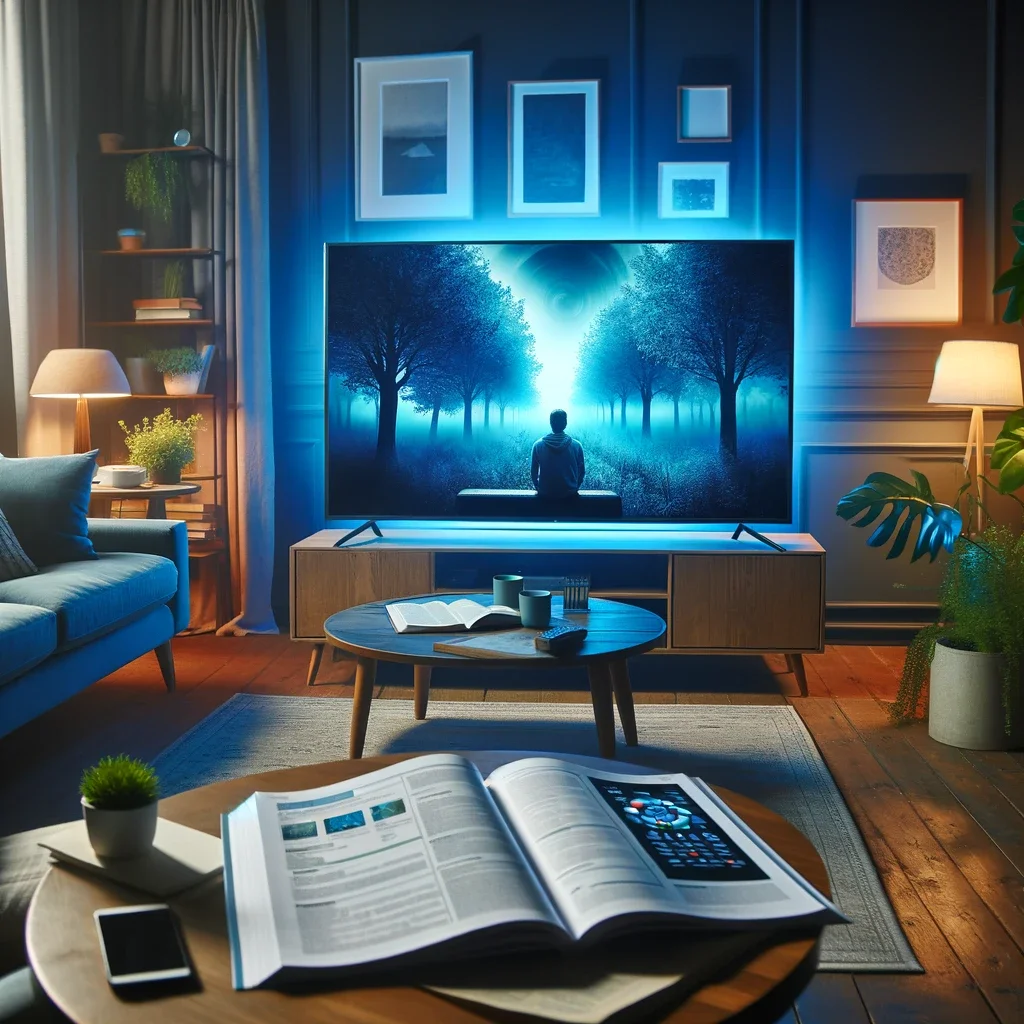A blue tint on your TV screen can be a frustrating issue, as it affects your viewing experience and the overall color accuracy of the display. In this article, we’ll explore some common causes of a blue tint on a TV and provide solutions to help you resolve this problem.
Causes of a Blue Tint:
- Color Temperature Settings: One of the most common reasons for a blue tint is incorrect color temperature settings. If the color temperature is set too high (often referred to as “cool” or “blue”), it can result in a bluish hue dominating the screen.
- HDMI Cable Issues: A faulty or loosely connected HDMI cable can disrupt the transmission of color information between your TV and the source device, leading to color inaccuracies, including a blue tint.
- Picture Mode Selection: Some TV models have different picture modes (e.g., Standard, Cinema, Game) that can affect the color balance. Choosing the wrong picture mode may introduce a blue tint or other color-related issues.
- Calibration Issues: Improperly calibrated TVs may exhibit a blue tint. Calibration involves adjusting various settings to ensure accurate color representation, and an incorrect calibration can lead to color imbalances.
- External Device Settings: The source device you’re using, such as a cable/satellite box or streaming device, may have its own color settings that can affect the TV’s output. Check the settings on your external device to ensure they are correctly configured.
Solutions
- Adjust Color Temperature: Access your TV’s settings menu and navigate to the color temperature or color balance settings. Experiment with warmer settings (commonly labeled as “warm” or “normal”) to reduce the blue tint and achieve a more natural color balance.
- Check HDMI Connections: Ensure that your HDMI cables are securely plugged in and not damaged. Try using different HDMI cables or ports on your TV to rule out cable-related issues.
- Select the Correct Picture Mode: Review and choose the appropriate picture mode on your TV that provides the best color balance for your viewing preferences. You can often find predefined modes like “Movie” or “Cinema” that offer accurate color representation.
- Calibrate Your TV: Consider using a calibration tool or hiring a professional to calibrate your TV accurately. Proper calibration can eliminate color-related problems, including the blue tint.
- External Device Settings: Access the settings menu on your external source devices and ensure that they are configured to output colors accurately. Adjust the settings to match your TV’s capabilities.
- Factory Reset: As a last resort, you can perform a factory reset on your TV. This will revert all settings to their default values. Be sure to note your preferred settings before resetting to restore them afterward.
In, a blue tint on your TV can be caused by a variety of factors, but with some adjustments and troubleshooting, you can often correct the issue and enjoy accurate and vibrant colors on your television screen. Remember to consult your TV’s user manual for specific instructions on adjusting settings and addressing color-related problems.


